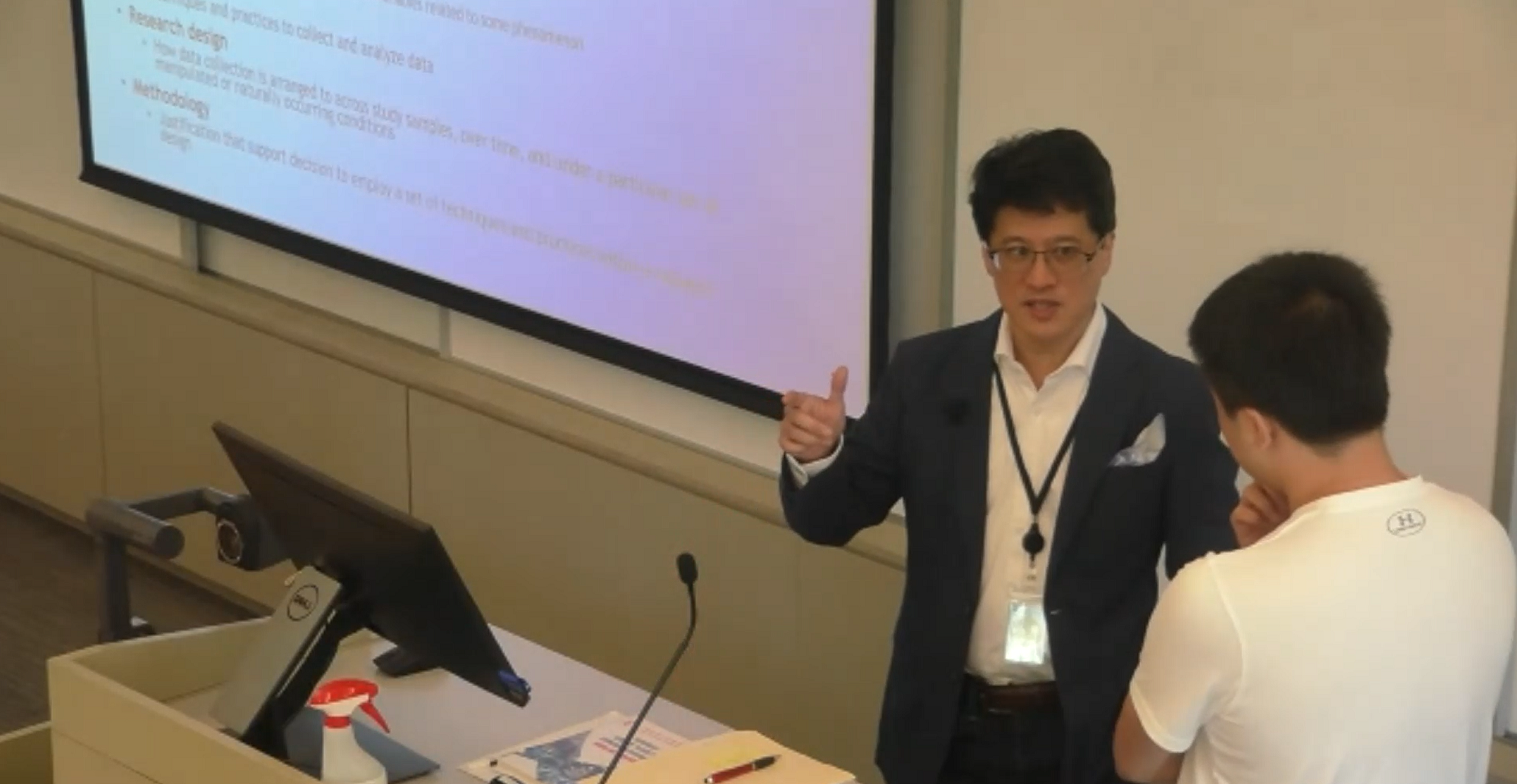I’ve wanted to write down information about the subject of “triangulation” for some time because it seems to be one of these things that is used in the investment banking and management consulting areas, but it is something that I have found used much less frequently when working with operating companies. It is also something that I have a hard time finding information about on the web or in books (for like the past 10 years!). I even had to manually confirm my definition with some investment bankers that I know because I couldn’t find any referenceable information on the net. Note according to Wikipedia triangulation is “…the process of finding a distance to a point by calculating the length of one side of a triangle, given measurements of angles and sides of the triangle formed by that point and two other reference points”, but this definition does not suit what I am thinking about.
My working definition of triangulation is “the systematic process of using multiple methods to gather a range of quantitative estimates for either an unknown or debatable value.”
Perhaps the least controversial, high-level example of triangulation exists in the investment banking area surrounding how the value of a company can be estimated. A classic example of how one could triangulate the value of a company is as follows:
- Estimate value of company using a multiples method of company value based on revenue (e.g., value of company equals 2.5 times revenue). Use market comparables to determine right multiplier (or low and high range of multipliers).
- Estimate value of company using a multiples method of company value based on profits (e.g., value of company equals 6.0 times EBITDA). Use market comparables to determine right multiplier (or low and high range of multipliers).
- Use discounted cash flow (DCF) method (e.g., adjusted present value [APV]) to estimate company value. This method involves taking current financials and projected financials (pro-formas) to value the company based on the free cash flows thrown off by the business.
- Layout the all of estimations on a “football field” type chart. Here the horizontal axis is the method used (so there are three points signifying multiples method #1, multiples method #2, and DCF method). The vertical axis is the valuation of the company. The plots would be floating bars with the high and low end of the bars signifying the high and low estimates for each valuation technique. (Sort of like how daily stock charts are plotted using a low, high, and close pricing data.).
- Apply any weighting technique you may have developed. Sometimes a company or practitioner may have methods of weighing one technique more than the others.
- Come up with your final range of estimates for the low, high, and average based on the football field.
The methods of triangulation are useful in many situations. In start-ups looking to raise capital, it can help one to be not only more rational about valuation but also more sophisticated when it comes to negotiating. Triangulation methods are not restricted to company valuations, and triangulation can be valuable in general management areas. For example, these methods can be used when trying to estimate a prospective channel partner's product demand, guesstimate job loading on a workforce, or analyze the potential penetration and growth rate of a competitor in a particular market).
In any case, although triangulation can be a bit of a mundane topic, it can be a powerful friend. Triangulation skills are something that many management consulting firms test for during the interviewing process. It takes some conscious effort to make it a habit, and it takes some creativity to come at things from different angles, but that keeps you on your toes too.
Steve Shu
Subscribe to Steve Shu's blog feed now (click icon) using a free newsreader where you can consolidate your other reading information from the Internet as well. Business and technology information for everyone!![]()
Update 2/12/09: Here is another triangulation example (with graphic).
